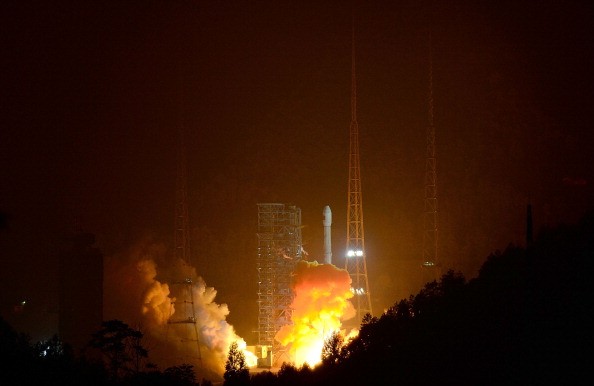China has set its sights on the moon. The nation just recently announced the country's first sampling and return mission, slated for launch late Nov. 2017, according to an article by gbtimes.com.
Chang'e-5, an 8.2-tonne probe, will embark on the momentous journey. It will be launched on a Long March 5 rocket situated on Hainan Island's Wenchang Satellite Launch Centre.
Soviet Union was the last nation to attempt a lunar sample return through the Luna 24 mission back in 1976.
Chang'e-5 will be equipped with high-end technology, some of which can be used for a Mars sample return mission and eventual crewed journeys to the moon by China.
"The lunar probe is comprised of four parts: an orbiter, a return module, an ascender, and a lander," Ye Peijian, one of the country's leading aerospace experts, said in a report by state media Xinhua.
Once Chang'e-5 has landed on the chosen spot, it will drill holes into the soil and collect samples. An ascent module, together with an orbiter, will then perform an automated docking around the lunar orbit approximately 380,000 kilometers away from Earth.
Once the automated docking is complete, the orbiter will start its journey back home. The return module will detach itself once close to the Earth for a 'skip' reentry. The orbiter is planned to land in Siziwang Banner, Inner Mongolia.
"Once the samples are back, we can begin our analysis right away," Ouyang Ziyuan told the press back in October. Ouyang is one of China's Lunar Exploration Project's (CLEP) cosmochemists and chief scientists.
Although Chang'e-5 is not the first orbiter to fly the moon, it will be the first one to land, rove, and retrieve samples from the lunar surface. The mission marks the third phase of a Chinese project that began nearly 10 years ago.



























